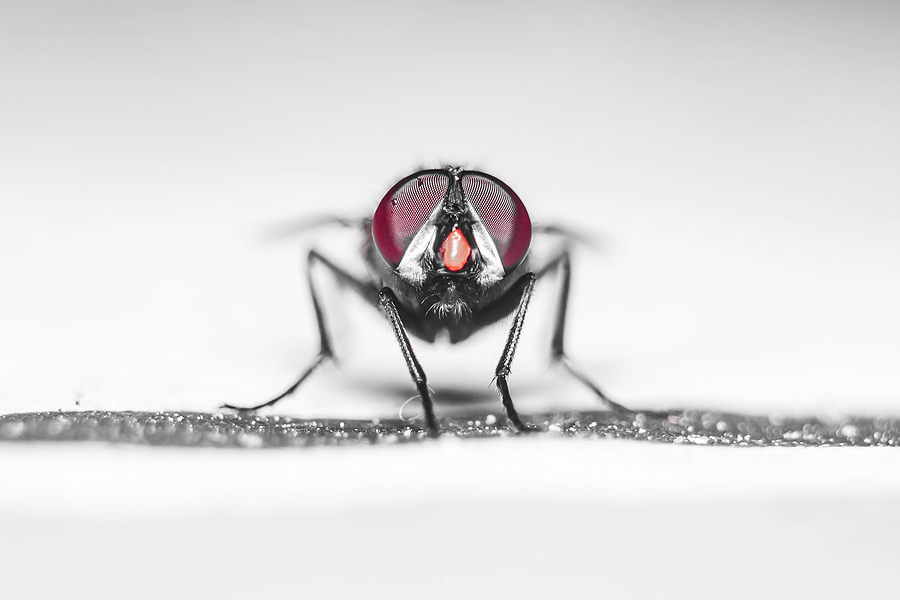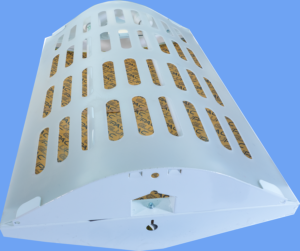
Why Spring Is The Time To Get Killing Flies
- Post author:cs_Admin
- Post published:25 April 2022
- Post category:Blog
- Post comments:0 Comments
Anyone heading down to a garden centre this month might find it quite easy to acquire a carnivorous plant, something that will snare invertebrates by luring them into drowning, getting stuck in goo or even crushed in a trap set off by touching a trigger hair.
Fascinating as such plants are, if you are running a commercial business that prepares and serves food you won’t be able to rely on these, or even a readily-wafted fly swatter, to keep flies away from your fresh produce.
The problem will always be worst in spring and summer, as that is when these creatures breed, making the need for an electric fly killer imperative.
Part of the problem, of course, is that flies will look to feed directly on any food they can land on. They cannot eat solid food, but they vomit on it to liquefy it and then suck up the goo – a process that sounds vile and is a theme of the gruesome sci-fi film The Fly. Naturally, this is the last thing you want happening to your food, especially as even brief contact with a fly mean slots of germs.
When breeding, matters get worse. A female fly will look to lay about 300 eggs in any given batch, so they will be looking for food to lay eggs on for the hatchlings to feed off. Maggots are a particularly vile thing and while rotting meat is a favourite, they won’t say no to fresh meat (including live animals, which can get eaten alive in cases of fly strike).
Add to that the arrival of biting insects that feed off blood to help get the nutrients for breeding – especially midges in Scotland and parts of northern England – and it is easy to see why these pests need to be kept at bay.
By having an effective electric fly killer in your food prep and storage areas, you can ensure these winged beasts are frazzled before they can bite, vomit or lay eggs, helping you keep your fresh and germ-free.



